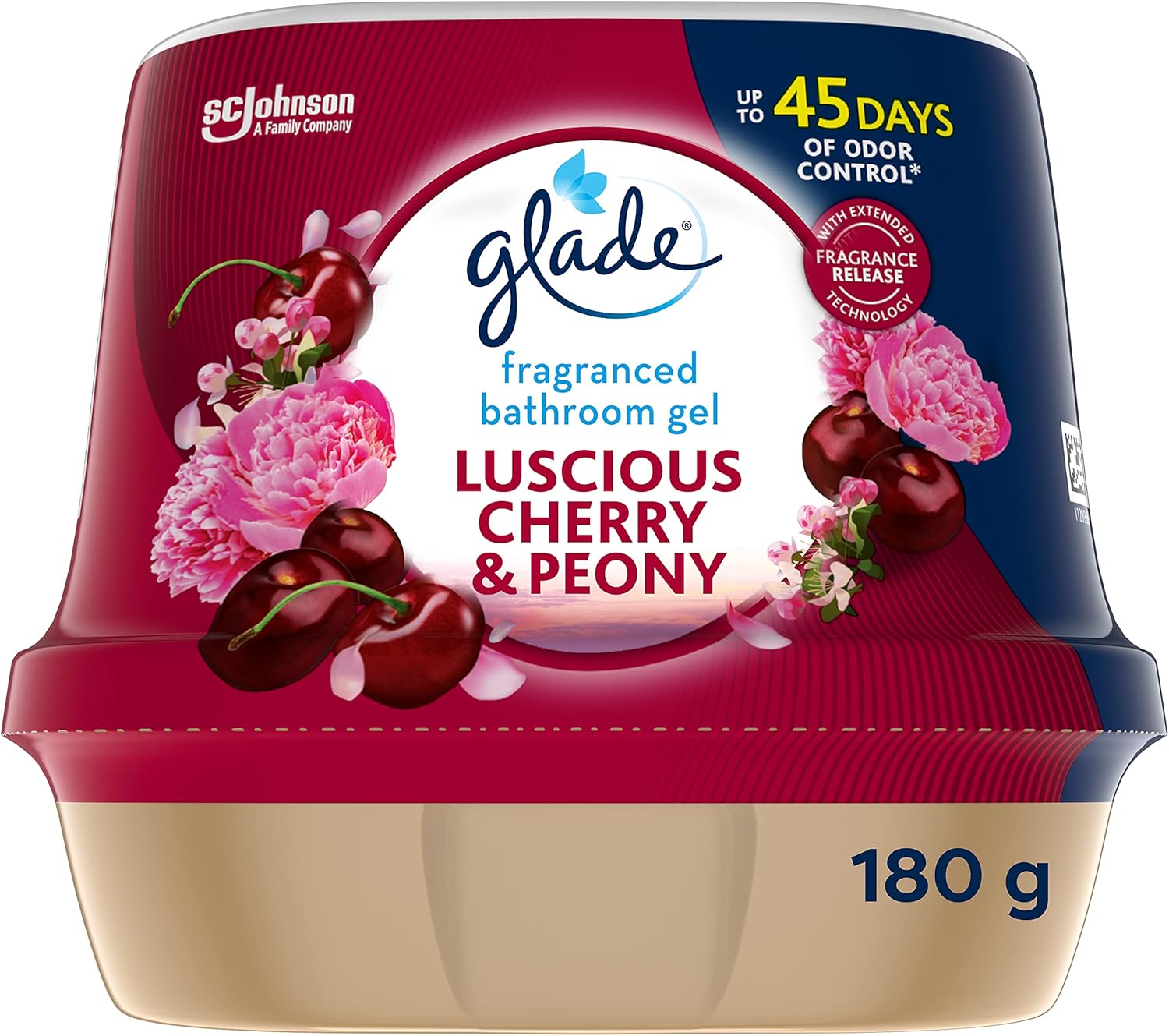About this deal
Nationally representative population surveys, across the four countries (US, AU, UK, SE), found that more people, at least twice as many, prefer fragrance-free environments to fragranced environments, such as workplaces, health care facilities and professionals, hotels, and airplanes. Among vulnerable sub-populations, preferences for fragrance-free environments are even higher. Interestingly, even among individuals who do not report fragrance sensitivity, a majority of these non-fragrance sensitive individuals would nonetheless prefer fragrance-free environments. Specific results are as follows (Steinemann 2018a, b, 2019a, b.) Equality Act (EA) (2010) Chapter 15. Parliament of the United Kingdom. https://www.legislation.gov.uk/ukpga/2010/15/pdfs/ukpga_20100015_en.pdf. Accessed 18 April 2019 Equality Act (EA) (2010) Chapter 15. Parliament of the United Kingdom. https://www.legislation.gov.uk/ukpga/2010/15/pdfs/ukpga_20100015_en.pdf. Accessed September 5, 2020 Fragranced consumer products are used around the world. Exposure is common, both direct and indirect, voluntary and involuntary.
The most common fragranced baby product VOC (67% of products) was limonene. The most common potentially hazardous VOCs (> 55% of products) were limonene, acetaldehyde, and ethanol. No significant difference was found in the emissions of the most prevalent potentially hazardous VOCs between green fragranced baby products and regular fragranced baby products. For hotels: 60.7% (55.6%, 55.6%, 53.8%, 77.7%) of the general population would prefer hotels without fragranced air, compared with 22.1% (27.8%, 22.7%, 28.1%, 9.8%) with fragranced air. Also, 65.8% of asthmatic individuals would prefer hotels without fragranced air, compared with 22.7% with fragranced air; 52.1% of autistic individuals would prefer hotels without fragranced air, compared with 38.1% with fragranced air; and 53.7% of non-fragrance sensitive individuals would prefer hotels without fragranced air, compared with 25.1% with fragranced air. Thus, more than twice as many individuals would prefer hotels without fragranced air than with fragranced air. Study of 37 common consumer products: air fresheners, laundry products, cleaning supplies, and personal care products. The GC/MS analyses found 559 VOC occurrences, representing 156 VOC identities. Among these VOCs, 230 VOC occurrences, representing 42 VOC identities, are classified as potentially hazardous. All products emitted potentially hazardous VOCs.
fra·grance
Nazaroff WW, Weschler CJ (2004) Cleaning products and air fresheners: exposure to primary and secondary air pollutants. Atmos Environ 38(18):2841–2865 General population: air fresheners and deodorizers, 17.4% (20.4%, 16.4%, 15.5%, 17.3%); fragranced laundry products coming from a dryer vent, 7.6% (12.5%, 6.1%, 6.0%, 5.6%); being in a room after it has been cleaned with fragranced products, 15.7% (19.7%, 15.3%, 14.0%, 13.8%); being near someone who is wearing a fragranced product, 20.1% (23.6%, 19.4%, 13.7%, 23.5%); and other types of fragranced consumer products, 18.6% (22.3%, 20.3%, 13.9%, 17.9%). McDonald BC, de Gouw JA, Gilman JB, Jathar SH, Akherati A, Cappa CD et al (2018) Volatile chemical products emerging as largest petrochemical source of urban organic emissions. Science 359(6377):760–764 Gokhale S, Kohajda T, Schlink U (2008) Source apportionment of human personal exposure to volatile organic compounds in homes, offices and outdoors by chemical mass balance and genetic algorithm receptor models. Sci Total Environ 407(1):122–138 Most fragrance suppliers will be happy to supply documents such as typical concentrations for the list of allergens in Annex III of the EU Cosmetic Regulation 1223/2009 (as amended). Safety Data Sheets (SDSs) in section 3.2 will also contain details of the main hazardous components.
VOC occurrences” refers to the collective number of individual VOCs or ingredients emitted from the products. “VOC identities” refers to the number of distinctly named VOCs emitted from one or more of the products. So if you are looking for an easier way to add a beautiful scent to your home or get rid of a nasty smell these little crystal granules will be your saviour. Exposure contexts included the following: air fresheners or deodorizers used within indoor environments; scented laundry products coming from a dryer vent; being in a room after it was cleaned with scented cleaning products; being near someone wearing a fragranced product; and exposure to other types of fragranced consumer products.Steinemann A, Nematollahi N, Weinberg JW, Flattery J, Goodman N, Kolev S (2020) Volatile chemical emissions from car air fresheners. Air Qual Atmos Health 4:1–6
 Great Deal
Great Deal 